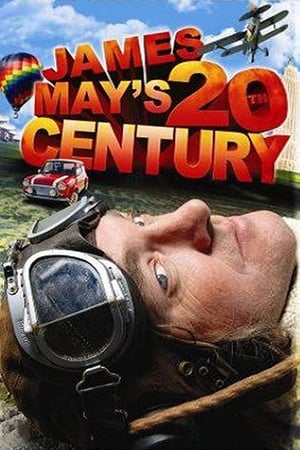


At the beginning of the 20th Century, long distance travel was for the military-minded, the uprooted and the plain rich, but the pioneers of flight were to change all that. To find out how, James May gets his hands on a Vickers Vimy aircraft that in 1919 carried two intrepid Brits, Alcock and Brown, across the Atlantic for the first time. But it wasn’t just flying that changed our perception of the world. The motor car offered us a new sense of freedom, but when James tries out a 1908 Model T Ford, he discovers driving was once a very tricky business indeed. As he observes: "The right pedal was the brake and the middle pedal was reverse gear. There was no clutch as such: the left pedal was both clutch and forward gears - depending on how far pressed. I’m amazed this driving thing ever took off. " Shrinking the world wasn’t just about travel becoming easier and more affordable. For the first time in history we could bring the world to us via the cinema. James shoots his own black and white newsreel at Walthamstow Dog Track and looks back at the early days of television when two different formats fought for supremacy. Finally, James faces a dilemma: in 1969, two technologies emerged that promised to change our world forever. The first was the supersonic aircraft, Concorde. The second was computer messages, one day millions of emails would travel the world thanks to optic fibre cables. But in the late sixties which one would he have backed? "Don’t you think it’s weird that when it comes to shrinking the world, this piece of fibre has completely triumphed over that magnificent supersonic airliner? It seems to me we spent the first three-quarters of the 20th century going out into the world, trying to see more and more of it, and then in the last few decades we’ve realised that actually we can bring quite a lot of it to us down this optical string thing."